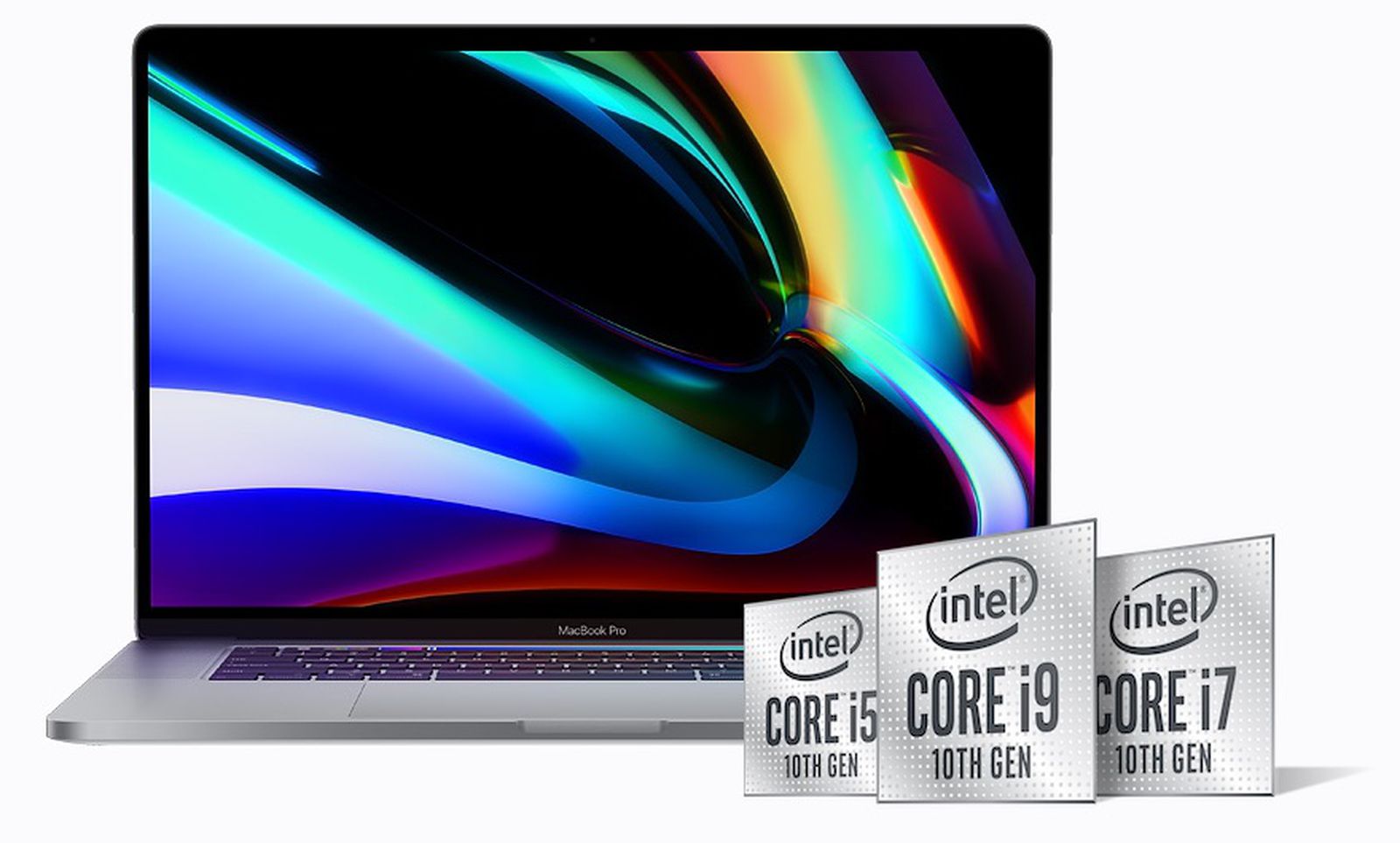Cameron Zwarich, creator of Rosetta 2, is joining Lean FRO to improve Lean's code generator.

 www.linkedin.com
www.linkedin.com
Cameron has commented on Hacker News:
By the way, Cameron has also answered some questions about Rosetta 2 on Hacker News.
 news.ycombinator.com
news.ycombinator.com
#leanlang #leanprover #leanfro | Leonardo de Moura
I am thrilled to welcome Cameron Zwarich to the Lean FRO! As the brilliant creator of Rosetta 2 and an exceptional software developer with over 15 years of experience at Apple specializing in low-level systems software, Cameron will focus on enhancing Lean's code generator. I can’t wait to see...
Cameron has commented on Hacker News:
I’m looking forward to working with everyone else at the Lean FRO and the wider Lean community to help make Lean even better.
My background is in mathematics and I’ve had an interest in interactive theorem provers since before I was ever a professional software engineer, so it’s a bit of a dream come true to be able to pursue this full-time.
By the way, Cameron has also answered some questions about Rosetta 2 on Hacker News.
I was the only person working on it for ~2 years, and I wrote the majority of the code in the first version that shipped. That said, I’m definitely glad that I eventually found someone else (and later a whole team) to work on it with me, and it wouldn’t have been as successful without that.
When people think of a binary translator, they usually just think of the ISA aspects, as opposed to the complicated interactions with the OS etc. that can consume just as much (or even more) engineering effort overall.
Rosetta 2 creator leaves Apple to work on Lean full-time | Hacker News
Last edited:


